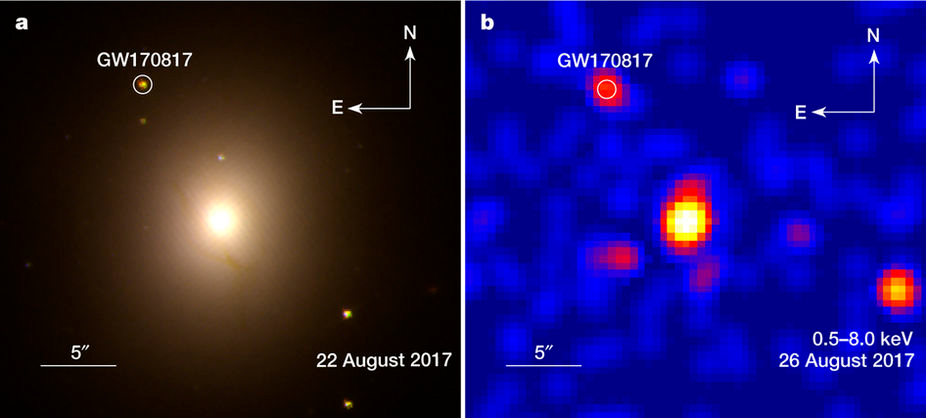Eleonora is an astrophysicist at the University of Maryland and at NASA Goddard Space Flight Center. She started her career as an X-ray astronomer at the University of Palermo, and moved to the United States soon after graduation. Eleonora research interests lie in the field of time domain astronomy, and include the study of gamma-ray bursts (GRBs) and exotic transients such as kilonovae and tidal disruption events. Her primary focus is the connection between short duration GRBs, neutron star mergers, and gravitational wave sources. In 2017, she discovered the X-ray counterpart of the gravitational wave event GW170817. This breakthrough observation showed that gravitational wave sources produce luminous X-ray emission which can be detected by Athena.
Eleonora is co-chair of the Mission Working Group 5.6, Targets of Opportunity, and her goal is to maximize Athena’s capabilities of rapid response and field of regard, fundamental for the study of astronomical transients. Eleonora hopes to use Athena to discover new types of X-ray transients, and to explore the early Universe using the brightest GRBs.
Link to the PDF version.

Optical/infrared and X-ray images of the counterpart of GW170817. a. Hubble Space Telescope observations show a bright and red transient in the early-type galaxy NGC 4993, at a projected physical offset of about 2 kpc from its nucleus. b. Chandra observations revealed a faint X-ray source at the position of the optical/infrared transient. X-ray emission from the galaxy nucleus is also visible.



